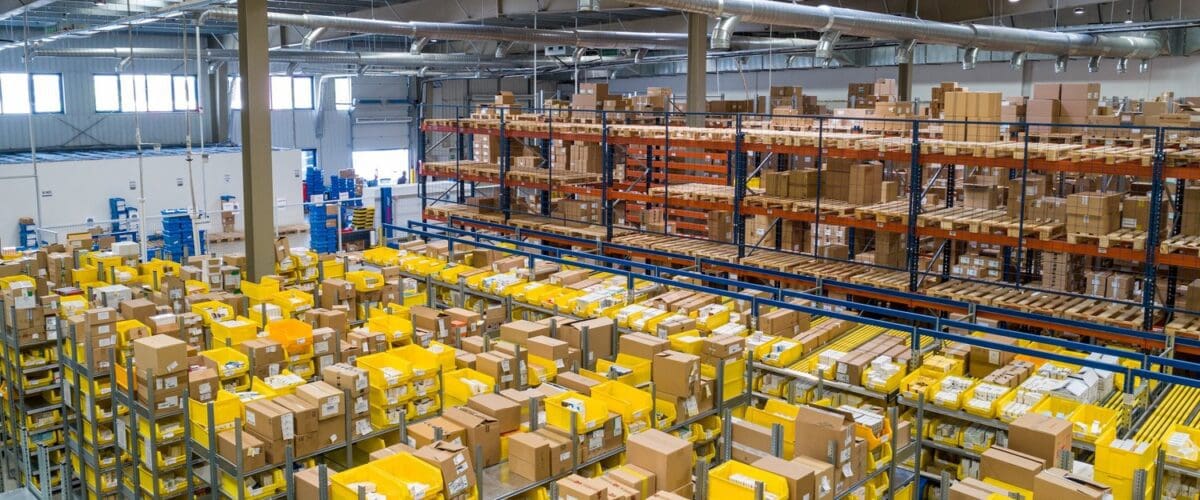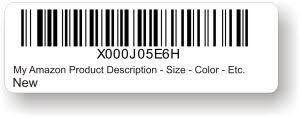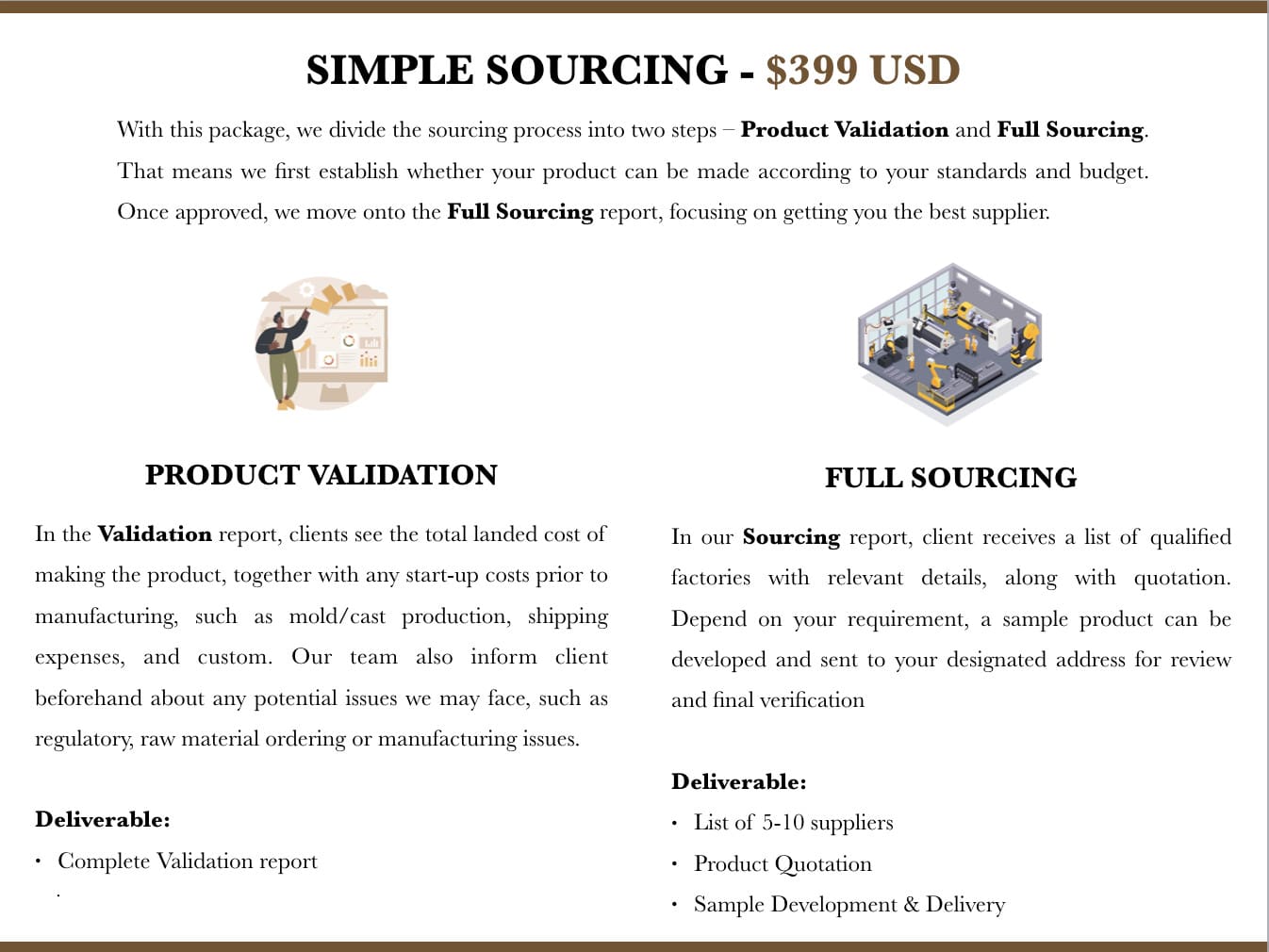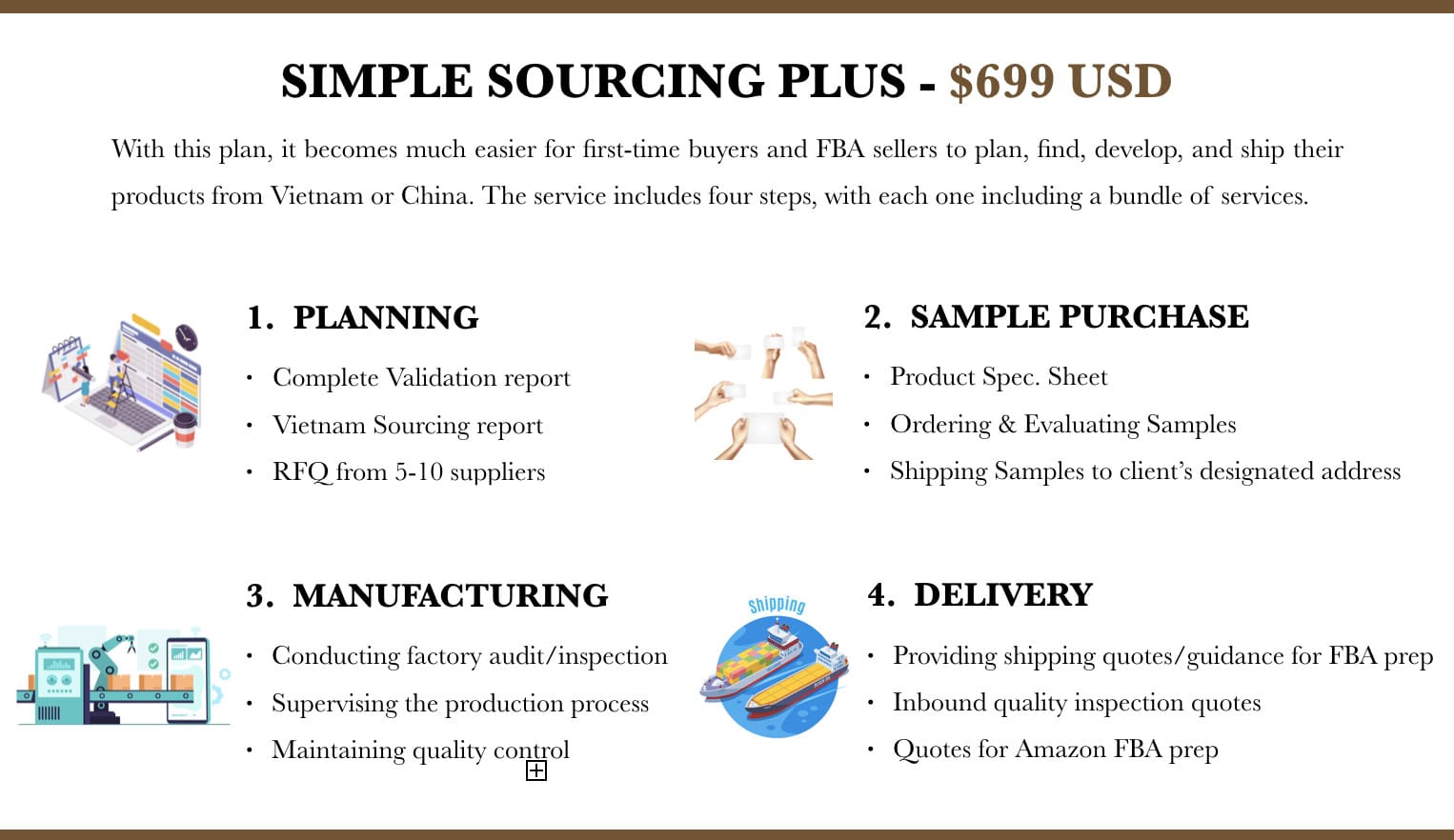
FBA Barcodes are critical to ensuring that Amazon can receive and stock your FBA product. You must understand what type of barcode you need and how to apply it. We cover everything you want to know!
If you are selling on Amazon, you must know that you have to have a barcode so that amazon can track your products in its system. Amazon is very strict about what barcodes can be used and how they are applied. So please read this guide in full so that your product arrives in Amazon’s fulfillment center ready to sell.
What are Amazon FBA Barcode Requirements?
We are combining multiple aspects of FBA Barcode requirements into one complete article so that it’s easier to follow if you are selling on Amazon FBA; then, you need to understand what to expect using Amazon’s official guide. It’s a little technical, so we try to break it down. The official guide is below
There are three different types of Barcodes that Amazon uses, and they require certain standards for each
- Manufacturer codes // Must be GCID, UPC, EAN, JAN, or ISBN.
- Amazon Barcodes // FNSKU
- Transparency Authenticity Code // This one only applies to brand owners registered with Amazon’s anti-counterfeiting programs. This does not apply to small sellers.
UPC and FNSKU barcodes are the most widely used and recognized barcodes and are the ones that we recommend that you require
When to obtain a barcode
For most sellers buying products overseas, you need to obtain the barcode before your item finishes production and have the manufacturer apply it to the packaging before it is packed in the container to ship overseas.
This is because it is the easiest point to apply, and almost all manufacturers will do this for free or at a minimal cost. If they do charge, it’s only a few cents per item, which is much cheaper than the 20 cents a label that amazon changes to apply.
In addition, when you get the barcode applied at the factory, you can ship directly from the factory to the Amazon Fulfillment center. Many Freight Forwarders are set up to ship directly with amazon, and if you arrange a shipment in Freightos or Flexport, they give you the option to ship to an Amazon Fulfillment center. I suggest taking advantage of this.
Amazon FBA Barcode Types
Amazon recognizes several barcodes, but you must focus on UPC and FNSKU. It’s very important to know that when you ship a product to Amazon, you have to have one and only one visible barcode. You must cover up the old code if the item already has a barcode and uses another code. There are no exceptions, and Amazon is very strict about this.
So when should you use FNSKU or UPC? Almost all sellers should use FNSKU, which is Amazon’s barcode. So if you hear someone say “Amazon’s barcode,” they are almost certainly referring to FNSKU.
If you are a European seller, you will want to look into EAN barcodes. EAN stands for European Article Number and is provided by GSI, the same organization that assigns UPC. in
Important note about GCID: Amazon stopped recognizing this code in 2018 and only uses it for products registered before this date. As this code cannot be used by new sellers anymore, we will not cover it in this guide.

UPC Codes
UPC, short for Universal Product Code, is the most common code used in North America. UPC is a 12-digit code unique to your product and recognized by almost all retailers, including Amazon.

EAN Codes
EAN stands for European Article Number and is provided by GS1, the same organization that assigns UPC. EAN has 13 digits instead of the 12 that UPC has.
FNSKU, aka Amazon’s barcode

FNSKU stands for “Fulfillment Network Stock Keeping Unit” and is assigned by Amazon to products sold exclusively on Amazon. If you are shipping directly to the Amazon warehouse, you will need to print this off, and if the product already has a UPC or other barcode, you will need to ensure that this code covers it up. Amazon will only accept items that have one barcode.
FNSKU amazon’s barcode, every seller will have a unique barcode for every unique item. We encourage sellers to obtain one from amazon so that Amazon will create a unique listing. If you are selling an item using a standard UPC, then amazon will lump all items with the same UPC into one listing. This can lead to product hijacking by your competitors.
Amazon ASIN codes
ASIN stands for Amazon Standard Identification Number. In addition, you must have a trademarked brand registered with the US trademark office and apply for Amazon’s Brand Registry. This is for more advanced sellers that have a developed private-label brand.
Amazon Brand Registry: Help Protect Your Brand on Amazon
What are the Best FBA Barcodes?
UPC is the best one to get, as it is the most universally recognized. UPC barcodes are recognized by both Amazon and almost all major retailers. If you were to get just one, we recommend this. We’ll go into more detail on this later. We also believe that FNSKU is a great option for Amazon sellers. Please see below for a detailed guide on each.
How to Get an FNSKU from Amazon seller central
Assuming you already have a seller’s account set up, obtaining FNSKU is relatively simple; if you do not have one, you must set that up first.
- Log into your seller account
- Go to the ‘Manage FBA Inventory’ page
- Click on the product
- In the drop-down menu to the right of the product, click print labels
- Click print
- Apply Labels
If you want your supplier to print and apply, you should save this as a pdf, send it to the supplier, and instruct them on how to apply the labels. They need to ensure that the FNSKU is the only barcode visible and is placed directly outside the final retail packaging. The full details are on the Amazon website, so please follow this guide: Use an Amazon barcode to track inventory.
Guide to UPC barcodes
UPC Barcodes, which GS1 produces, are the most common and universally recognized barcodes in the United States.
UPC barcodes are provided by GS1, a non-profit organization that issues the codes and maintains a database of registered codes and their owner. You can apply for a UPC directly from GS1 here: https://www.gs1us.org/
GS1 has over 100 organizations worldwide, basically 1 per country, so be sure you register directly with the one related to your country or the country you plan on selling in. Regardless of which one you apply with, UPC barcodes are recognized worldwide.
If you are buying a barcode secondhand, you can check who owns it here: http://gepir.gs1.org. In addition, Amazon is starting to check UPCs assigned to different ASINs using the GS1 database, so sellers who didn’t buy directly from GS1 could have their listing removed.
For GS1, You will need to pay a $250 registration Fee and $50 a year to keep it active; this will allow you to get ten barcodes. If you need to buy more than 10, you must pay extra.
How to Print FBA Barcodes
You can use a standard desktop printer if you apply the labels yourself. However, you must ensure that you have the correct label paper in the printer. According to Amazon: “you must print all Amazon barcodes in black ink on white, non-reflective labels with removable adhesive. Dimensions must be between 1 inch x 2 inches and 2 inches x 3 inches (1 inch x 3 inches or 2 inches x 2 inches, for example). ‘
The steps to print are as follows:
- Go into seller central
- Click on items you want to print labels for
- Click on the action for selected items
- Pick how many labels you need to be printed
- Click print item labels
- Then you’ll get a printout of all items in pdf
- Click print
And that’s it!
How to place Barcodes For FBA
- Place on a flat area of the outside retail packaging; avoid placing on corners and curves.
- Make sure to cover any other barcodes fully.
- There should only be one scannable barcode per item, two different barcodes will confuse Amazon’s system, and it will get flagged.
- Use a Laser Printer; they are more accurate and less prone to smudges.
Conclusion
Barcodes are critical to getting your product ready to be sold on FBA. Make sure you do it right; otherwise, you may get hit with extra fees from amazon or, even worse, get your product rejected.
Overall you need to ensure that you have a valid UC or FNSKU, the labels are correctly printed, and that you place them on the package. If you have any other questions about FBA barcodes and labeling, feel free to comment, and we’ll get back to you!
The Tactical Sourcing Team





